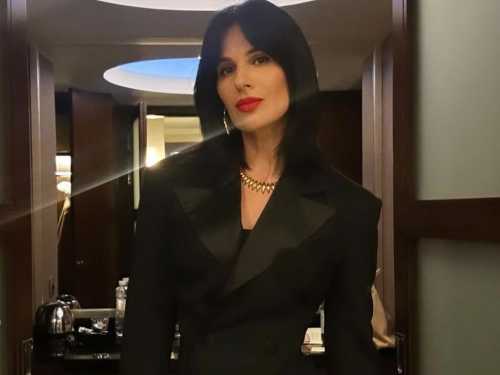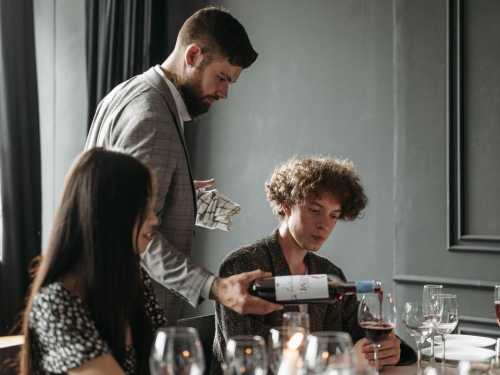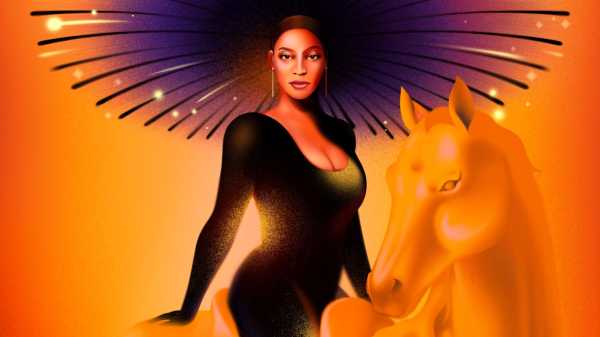
Save this storySave this storySave this storySave this story
Alex Barasch
Culture editor
You’re reading the Goings On newsletter, a guide to what we’re watching, listening to, and doing this week. Sign up to receive it in your in-box.
Last week, like innumerable others who contributed to “Barbie” and “Oppenheimer” ’s collective, astonishing one billion dollars and counting at the box office, I assembled a group of people brave—or foolhardy—enough to undertake the double feature. Several of them hadn’t known one another beforehand; afterward, as we discovered that we were evenly and passionately divided in our opinions, I worried that the battle lines being drawn would scupper any nascent friendships. (One attendee, piqued by my ambivalence about “Barbie,” decided that, because I’d spent months reporting on Mattel, it was impossible for me to be unbiased.) But it soon became apparent that the marathon had bonded us: what we’d all been missing, in an increasingly fragmented cultural landscape, was the thrill of a common text—and a shared experience.
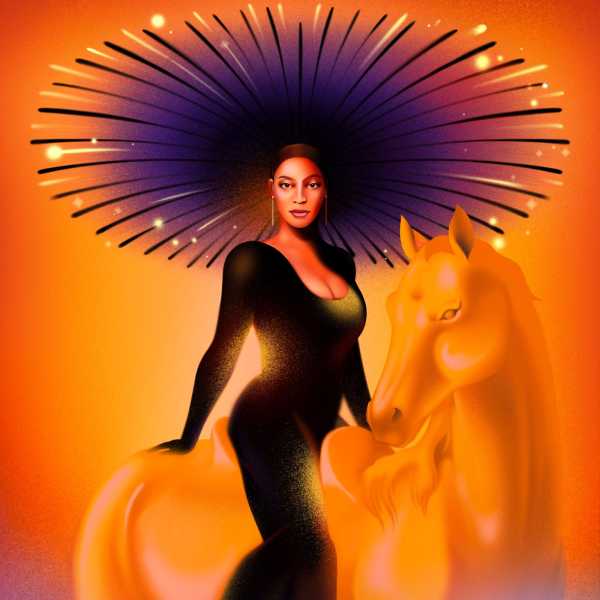
Beyoncé.
Illustration by Debora Cheyenne
There are few events that can command such universal attention in 2023, and even fewer individual artists. One of them—Beyoncé—is currently on her “Renaissance” tour. On Saturday, while other New Yorkers crossed the Hudson (and paid hundreds or thousands of dollars) for her hotly anticipated stop at MetLife Stadium, my friends and I made do with a much more affordable “Renaissance” dance party, at Baby’s All Right, in Williamsburg. The night was derailed by technical difficulties: the speakers were malfunctioning, and no one wanted to play the album under less than pristine conditions. It was nearly 2 a.m. by the time the crisis was resolved, and the opening chords of “I’m That Girl” drew a triumphant shout from the crowd. Remarkably little momentum had been lost—the d.j.s had bought time by reaching into Beyoncé’s back catalogue for such hits as “Single Ladies” and “Love on Top,” leaning on an earlier era of total dominance. When the music cut out, everyone knew the words to sing.
Spotlight
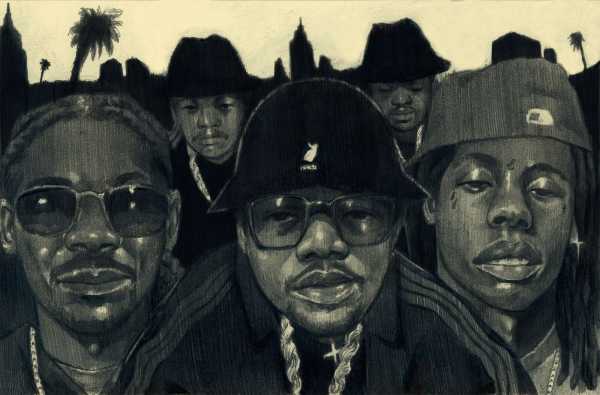
Illustration by Julian Adon AlexanderMusic
On Aug. 11, landmark figures from across hip-hop history convene at Yankee Stadium for “Hip Hop 50 Live,” to celebrate the genre’s fiftieth anniversary. DJ Kool Herc, whose 1973 party, in the Bronx, is widely recognized as the birth of rap, joins other classicist rap heroes such as Melle Mel and Roxanne Shanté. Gangsta rap’s vanguard, Snoop Dogg and Ice Cube, stands alongside the influential Southern stars Lil Wayne and T.I., and a series of sets—“Legendary DJs,” “Queens of Hip Hop,” and “Bronx Bombers”—aims to showcase rap’s breadth. It all builds to a walk-off reunion performance from the seminal Queens group Run-DMC, honoring the formative moments of a now global culture.—Sheldon Pearce

About Town
Broadway
Nostalgia grinds the gears on “Back to the Future: The Musical”—probably because the moviemakers and Broadway conceptualizers (the original’s director, Robert Zemeckis; its screenwriter, Bob Gale, who wrote the book for the musical; and the film’s composer, Alan Silvestri) keep riding the clutch. Fan service gums things up—arbitrary physical details from the 1985 film persist even when their plot connections are gone—and although Silvestri’s thirty-eight-year-old cinematic fanfares still thrill, a Huey Lewis oldie (“The Power of Love,” heard twice) outpaces every new song by Silvestri and Glen Ballard, his collaborator. The show’s director, John Rando, has most of the actors impersonate their movie forebears; only Roger Bart, playing the mad inventor Doc Brown with his own quiet mischief, refuses to look in the rearview mirror. He knows that you can’t just imitate what’s happened before: lightning doesn’t strike the same performance twice.—Helen Shaw (Winter Garden Theatre; open run.)
Dance
The Battery Dance Festival, with its Hudson views and golden late-summer sun, is a yearly reminder that the end of summer is nigh. It hosts more than forty companies in mixed bills, including an all-male classical Indian dance troupe, Rudrakshya Foundation, devoted to the art of Odissi (Aug. 15); both Dances by Isadora and Isadora Duncan Dance Company, two groups that preserve the works of the modern-dance pioneer (Aug. 17); a work by New York Theatre Ballet’s Amanda Treiber (Aug. 18); and the contemporary-dance company Battery Dance, the festival’s host (Aug. 13 and Aug. 18).—Marina Harss (Rockefeller Park; Aug. 12-18.)
Pop Music
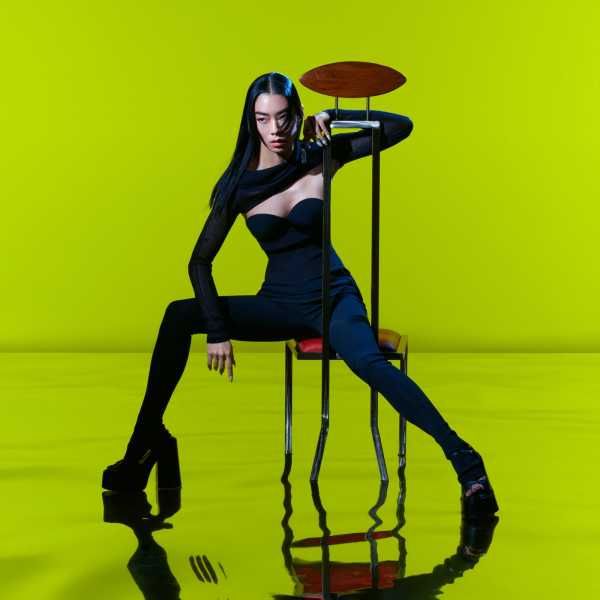
Photograph by Thurstan Redding
Since releasing the EP “Rina,” in 2017, the singer Rina Sawayama has grown increasingly ambitious, as a musician and as a performer. That EP’s fascination with the digital world, embodied by a shifty alt-R. & B. sound, gave way to the fluid, futuristic pop provocations of her début album, “Sawayama,” from 2020, which took inspiration from Y2K-era Top Forty radio, nu metal, J-pop, and beyond. Her 2022 follow-up, “Hold the Girl,” informed by the surreal isolation of her pandemic breakthrough, found the artist taking yet another turn—into a sound influenced by the country songwriting of both Kacey Musgraves and Dolly Parton. She is joined, during her prismatic stage show, by the sleek, like-minded synth-pop duo Magdalena Bay.—Sheldon Pearce (The Rooftop at Pier 17; Aug. 12.)
Classical Music
The Time:Spans Festival is often fixated on the radical present, emphasizing far-out pieces written in the past decade, but this year it makes an exception for an iconoclastic forebear, Luigi Nono, whose centennial comes in January. Using extended techniques and electronic experimentation, the late Italian avant-gardist created music that whispers and screeches into an abyss. For the festival’s first two days, Experimentalstudio and Ensemble Experimental play an all-Nono program, and the JACK Quartet performs unsettled pieces by Helmut Lachenmann, a student of Nono’s. Later, the violinist Marco Fusi tackles Nono’s “La Lontananza Nostalgica Utopica Futura” (Aug. 18), a forbidding, hour-long work that requires the soloist to negotiate music stands strewn about the stage, as well as prerecorded tracks of harmonic overlays and ambient noise.—Oussama Zahr (DiMenna Center for Classical Music; select dates Aug. 12-26.)
Art
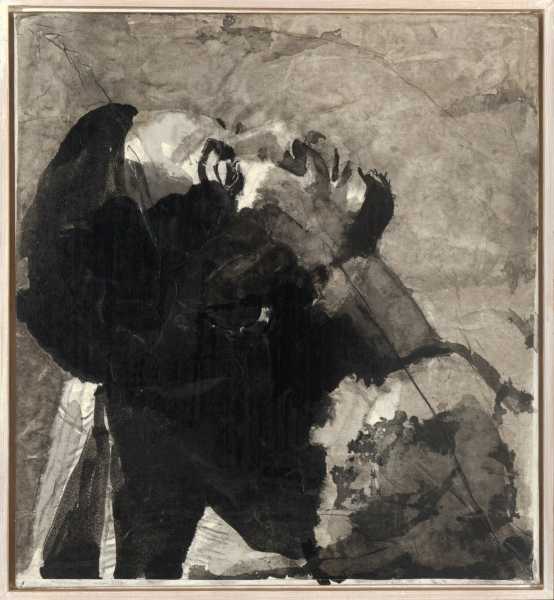
Art work by Darrel Ellis / Courtesy © Darrel Ellis Estate, Candice Madey, New York and Hannah Hoffman, Los Angeles
“Regeneration” honors the aching, important work of the Bronx-born artist Darrel Ellis, for whom longing was inseparable from the creative impulse. Photographs of loved ones are both precious and paltry things, palliating absence. Ellis printed many of his from negatives made by his father, an amateur photographer who was murdered before his son was born. Ellis transfigured family pictures—by way of paint, ink, pencil, and other material manipulations—in order to capture, in his words, “the ethereal, ghostly image life.” But no phantom is more present here than Ellis, who died of AIDS in 1992, at the age of thirty-three, and in whose varied self-portraits we behold a young man searching for a lasting image of himself.—Jennifer Krasinski (The Bronx Museum of the Arts, through Sept. 10.)
Movies
Paranoid tangles of conspiracy theories about the assassination of John F. Kennedy get a hectic workout in “Winter Kills,” William Richert’s film noir, from 1979, starring Jeff Bridges as the rich and idle Nick Kegan, whose older half brother, Tim, was gunned down, nineteen years before, while serving as President. When Nick follows up on a hot tip about the murder weapon, which was never found, he’s drawn into a vortex of violence which involves such dubious characters as a libertarian rancher (Sterling Hayden) with a private tank squad, a seductive journalist (Belinda Bauer) in quest of a scoop, and the half brothers’ father (John Huston), a domineering plutocrat with a vast surveillance network. Richert positions the lurid plot as absurdist comedy without losing sight of its high historical stakes.—Richard Brody (Film Forum.)

Pick Three
The staff writer Richard Brody shares his current obsessions.
1. The new album “Evenings at the Village Gate: John Coltrane with Eric Dolphy”—featuring rediscovered recordings from 1961—reveals surprising dimensions in the artistry of these short-lived heroes of modern jazz. Coltrane, who had a hit single that year with his version of “My Favorite Things,” improvises on the tune here—following Dolphy’s fervent and imaginative solo—with a whirlwind energy that foreshadows his mid-sixties move to the avant-garde.
2. Amid debates about Greta Gerwig’s artistic freedom while making “Barbie,” I thought of Irving Thalberg, the Hollywood executive who, in the nineteen-twenties, put directors under producers’ supervision, jump-starting the studio system. F. Scott Fitzgerald, who worked under Thalberg as a screenwriter, modelled the protagonist of his final novel, “The Last Tycoon,” on him. Fitzgerald’s detailed notes about his time in the movies—which are included in Matthew J. Bruccoli’s reëdited version of the novel, “The Love of the Last Tycoon,” from 2014—bring Thalberg and Hollywood to life even more vividly than does Fitzgerald’s fiction.
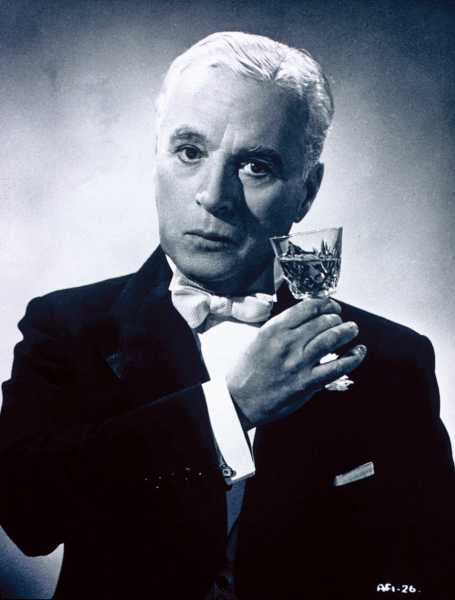
Photograph from Alamy
3. Charlie Chaplin’s boldness as a political filmmaker came to mind as I watched “Oppenheimer.” In 1957, Chaplin—who’d been hounded out of the United States on political grounds—made “A King in New York,” in which he plays a European monarch who’s overthrown for vetoing a nuclear-weapons program and then, in America, is subpoenaed as a suspected Communist. The movie, streaming on Max and on the Criterion Channel, is both indignant and uproarious.
P.S. Good stuff on the Internet:
- Cillian Murphy reads Yeats
- “The Book of HOV” exhibition Web site
- “Andy and Pee-wee’s Night Out”
Sourse: newyorker.com
